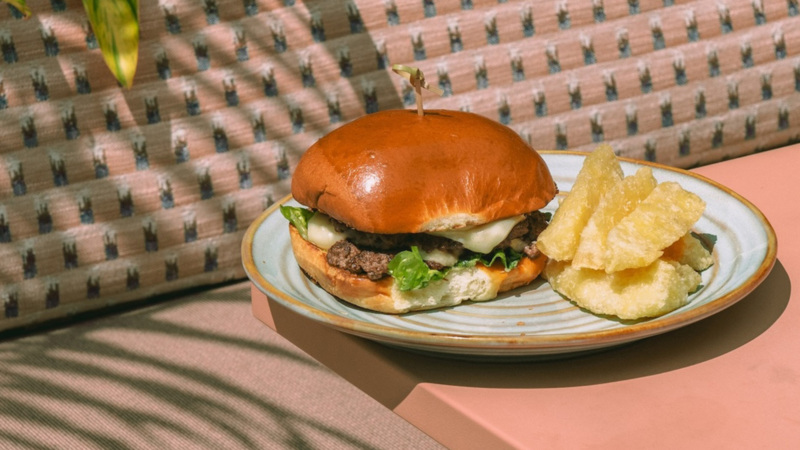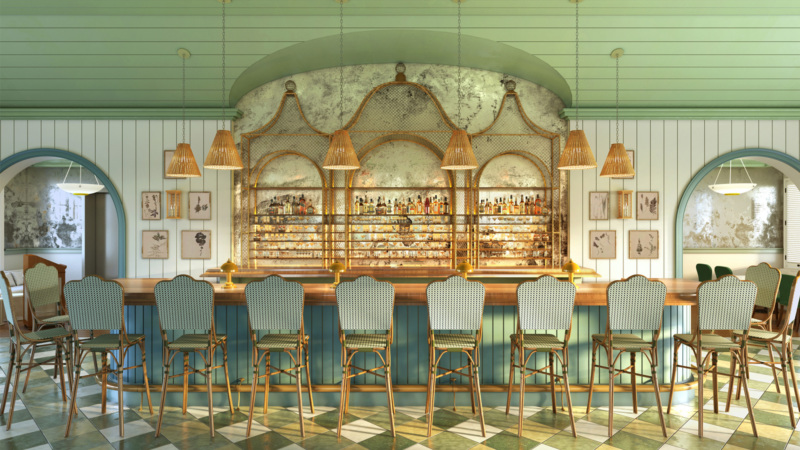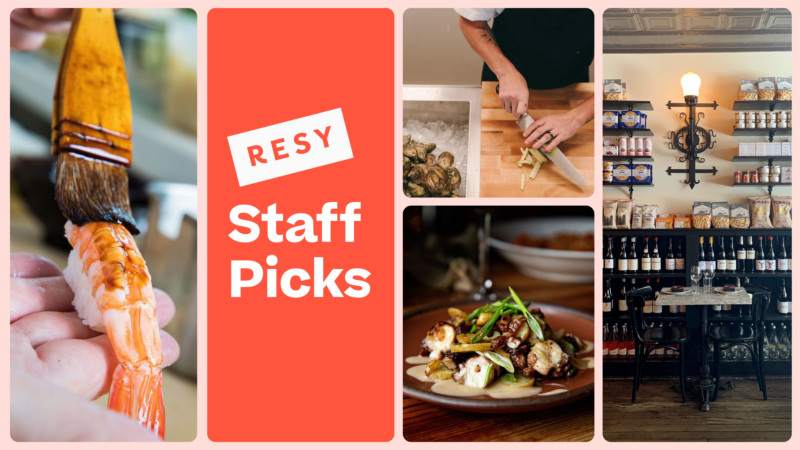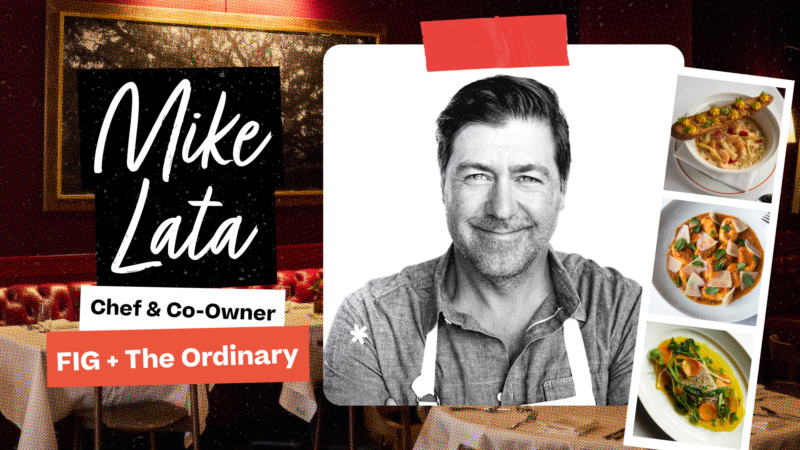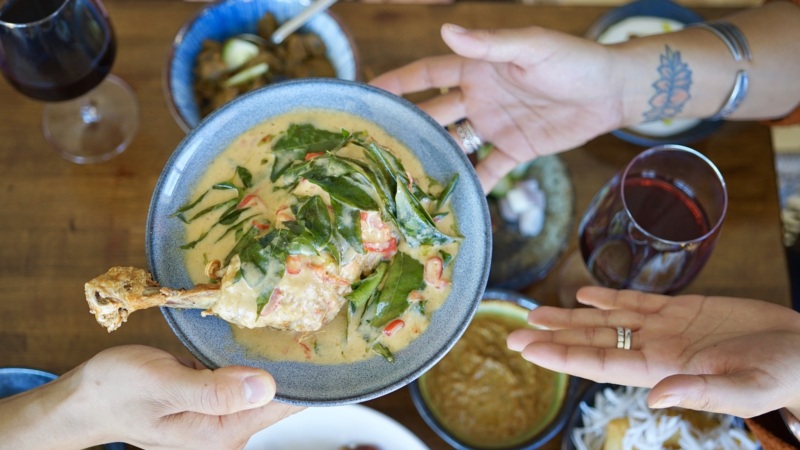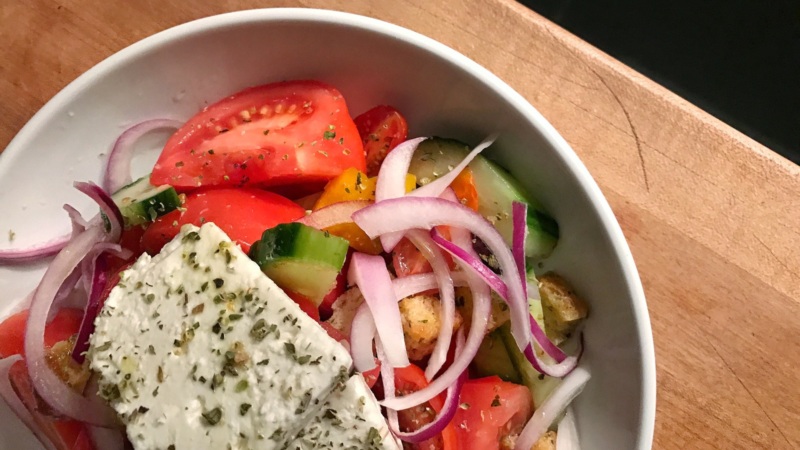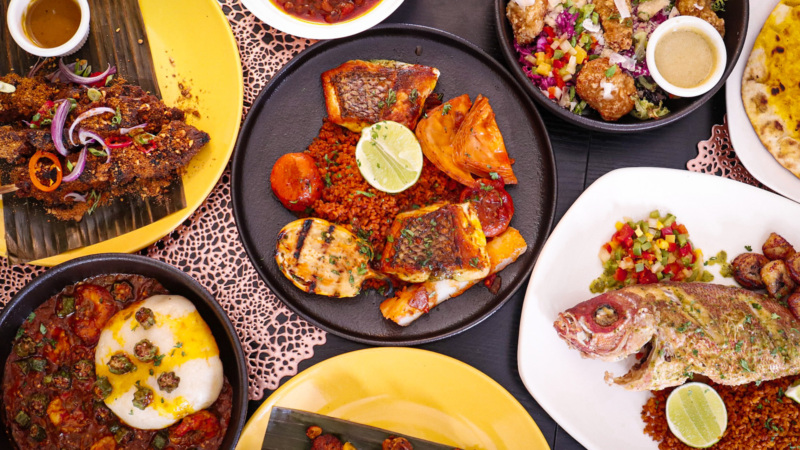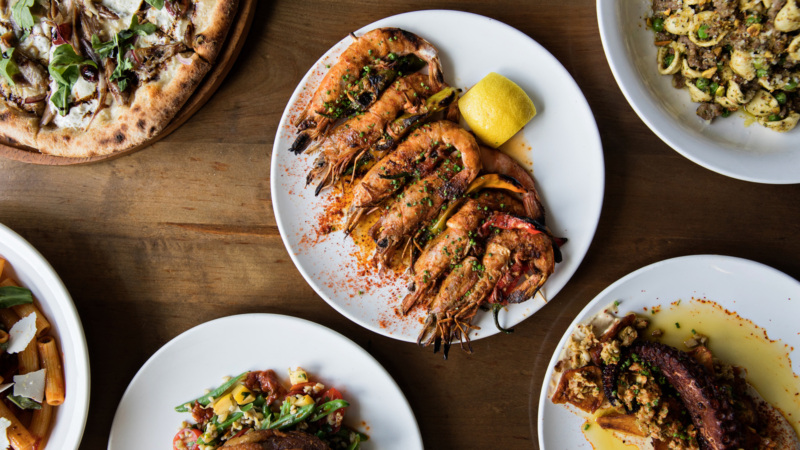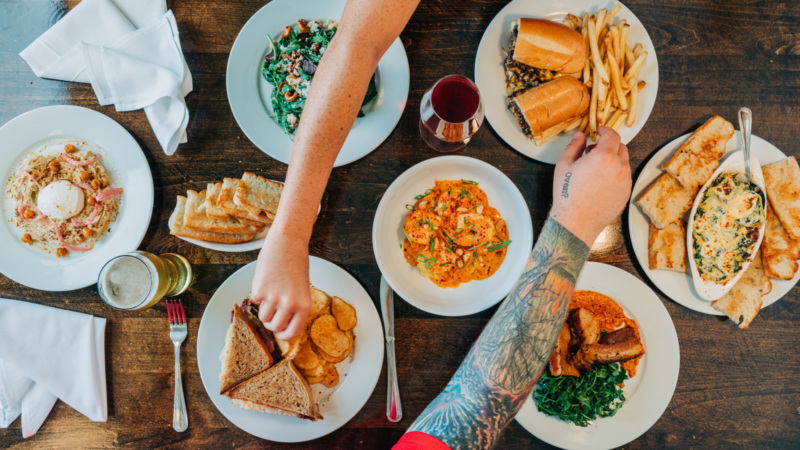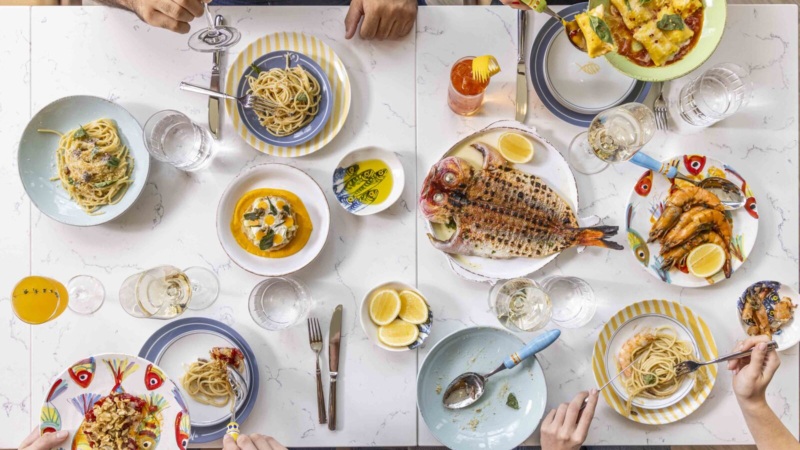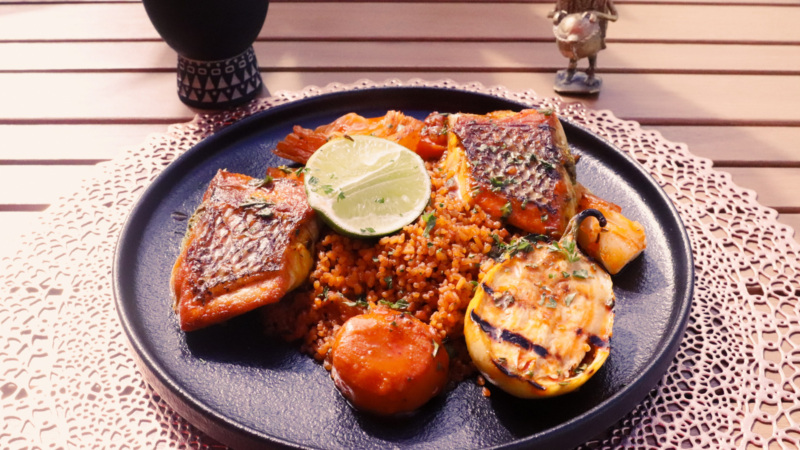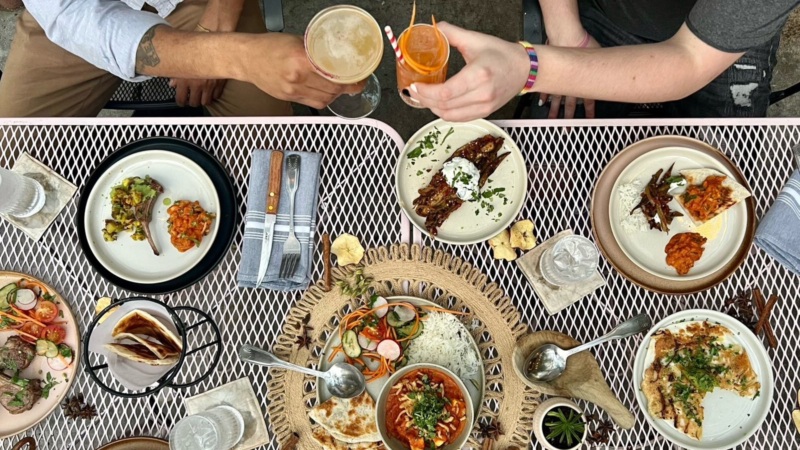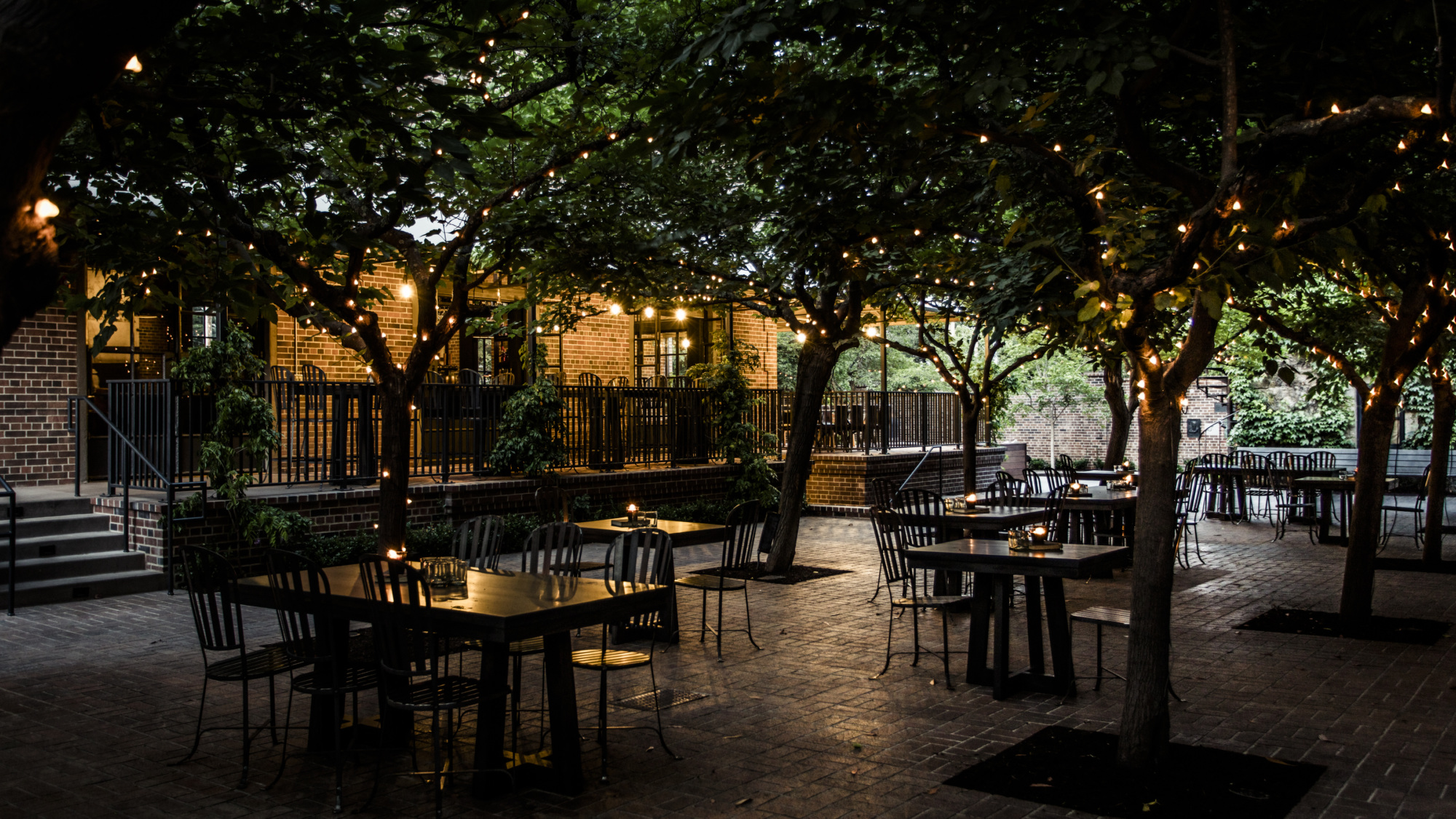
The Road Back Charleston Atlanta Houston Napa
Five Major Ways Dining in America Has Already Changed
While restaurants in many states across America remain closed because of the coronavirus pandemic, more dining rooms have reopened in the last two months in Georgia, South Carolina, Texas, and California, among others.
What diners are finding in reopened restaurants, however, is an entirely different dining experience, from mask-wearing servers and plexiglass-partitioned tables to hand sanitizer stations and shorter menus.
We spoke to chefs and restaurateurs in Atlanta, Charleston, Houston, and Napa Valley to ask them how the dining experience in America has already changed.
1. Dining Rooms Are Very Different, From the Table Settings to the Staff Protocol
Health and safety guidelines for restaurants and bars vary county by county, state by state, but already, there are universal, visible markers of dining in the COVID-19 era.
Masks and gloves are worn both by servers and cooks. Hand sanitizer bottles have replaced once-standard table settings like salt-and-pepper shakers. There are coverings for food, encasing dishes as they make their way from the kitchen to the table. Tables are spaced out at least six feet away from one another.
“We’ve minimized things on the table,” said executive chef Vinson Petrillo of Zero Restaurant + Bar in Charleston, S.C. “Two wine glasses and a small candle — that’s it. No flowers anymore. It’s got to be as clean as it can possibly be.”
Many restaurateurs are taking additional precautions. At Twisted Soul Cookhouse & Pours in Atlanta, chef-owner Deborah VanTrece will give diners a sterile bag to place their masks in while they’re eating. At Georgia James in Houston, the restaurant is heat-sealing silverware and napkins into clean plastic bags.
At Miller Union and at Twisted Soul, guests are asked to wear masks as they arrive and as they walk around the restaurant. Both restaurants also brought in new air filtration systems to clean and disinfect the air inside their dining rooms. Twisted Soul has extra masks to hand out to guests who may arrive without them. Miller Union has an 11-point list of safety guidelines for guests to access using a QR code, as well as online at its website.
Behind the scenes, staff members at Zero Restaurant + Bar and Georgia James and its sister restaurant, One Fifth, are having their temperatures taken daily. Underbelly Hospitality, the parent company of Georgia James and One Fifth, also arranges COVID-19 testing for its staff.
Indoors, dining rooms are emptier than they were before the pandemic. Most states have implemented capacity controls of 25% to 50% and to comply, restaurants have cleared out half or more of their tables and chairs. Many restaurants, like The Charter Oak in Napa Valley, are taking advantage of outdoor space.
At Georgia James and at Twisted Soul, the owners have invested in plexiglass partitions that make each table feel like its own cubicle or room. “We’re not sure where we’re going to be a year from now,” said Georgia James’ wine director, Matthew Pridgen, “but if we can use them for six months to a year, and it makes our guests feel more comfortable about dining, we think they will pay for themselves.”


2. Your Favorite Menus Are Not the Same
Restaurant menus are also different than they were before the pandemic. In most cases, they’re shorter.
Charleston’s The Grocery, which used to do dinner only, now has a more compact all-day menu. Georgia James is sticking to a prix-fixe menu for now. Miller Union’s dinner menu, which used to have 12 starters and nine entrees, now has eight starters and six entrees.
At the Charter Oak, chef-owner Christopher Kostow said the shorter menu from chef David Guilloty is focusing on crowd favorites, while there’s ongoing research and development on new dishes, too. “We just want to keep the menu moving, especially with the takeout model, and also having new things to talk about with guests so we can keep people coming back.”
QR codes are being used at Miller Union and Georgia James for extensive wine lists and dining menus to minimize paper copies.
3. But Are Menu Prices Higher or Lower?
Restaurant owners are split when it comes to what they’re charging diners because of the pandemic. For some, the economic hardships being faced by diners is reason enough for them to actually lower their prices, or keep them the same as before.
“I’m not going to raise prices for food,” said Twisted Soul’s VanTrece. “We’re not the only ones suffering.”
Petrillo has kept prices the same for Zero’s tasting menus as before the pandemic and he’s even increased portion sizes. “We made the courses a bit bigger. I just want to make sure people are feeling the value.”
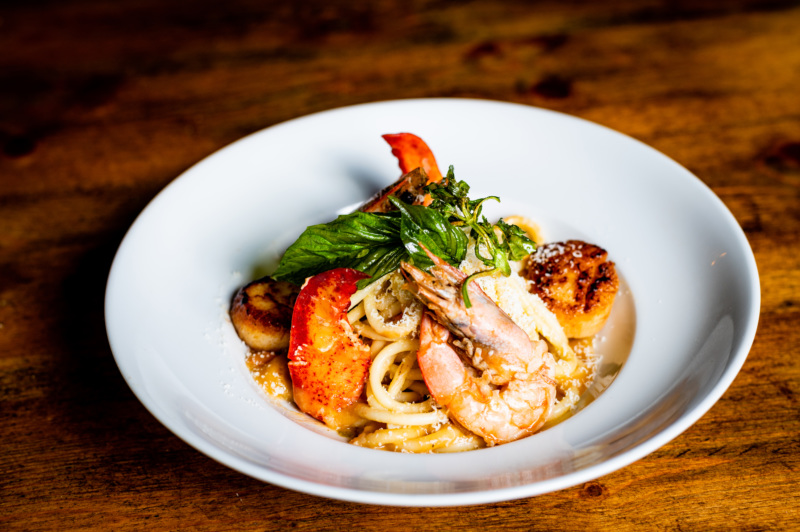

At Miller Union, Satterfield and his co-owner Neal McCarthy are making pricing “more reasonable and more approachable.”
“If we go too high, it might be harder to get people through the doors,” said Satterfield. “We’re also being really smart about the menu, and ordering as little as possible, and changing the menu everyday on what’s coming through the door.”
But for many other chefs and restaurant owners — Maydan’s Rose Previte, La Vara’s Alex Rajj, and Happy Cooking’s Gabriel Stulman included — reopening after the shutdown may mean having to raise prices in order to stay afloat.
“Realistically, operating at 50% capacity was never going to be financially profitable for us,” said Tamer Hamawi, principal owner of Gran Eléctrica in Napa Valley. The restaurant reopened for dining last month with slightly higher prices for some of its menu items, but abruptly stopped dine-in service after less than a week because of staff safety concerns and the financial viability of it. “Prices will have to go up if we have any chance of survival in this climate.”
“It felt like this wasn’t my restaurant anymore,” Hamawi added. “We pride ourselves on the energy and atmosphere we create. Without that, it just felt like we were feeding people and putting ourselves at risk and making no money. It just didn’t add up.”
4. Yes, Reservations and Waitlists Are More Important Than Ever Before.
Capacity controls and safety concerns are making reservations and waitlists essential for reopening restaurants that need to know when guests are arriving, and how many guests they can safely accommodate.
“We’re reservations-only now,” Twisted Soul’s VanTrece said. While reservations used to be used only for the restaurant’s popular weekend brunch, going forward, they’ll be required at all times once Twisted Soul reopens for service on Friday, June 19.
At Georgia James, reservations are also highly recommended. “We can’t get into a situation where we have people waiting,” said Pridgen. “It’s not like the old days where you send people to the bar or have them crowd the front desk.”
Zero Restaurant + Bar is using the reservations process as a way to inform and prepare guests for their visit. For example, dietary restrictions can’t be accommodated at this time.
Equally as important is ensuring guests keep their reservations and that they also stick to an allotted dining period. “We’re thinking about possibly doing a cancellation fee going forward,” said Susan Johnson, co-owner of The Grocery. “We can’t afford to not have someone show.”
Miller Union and Twisted Soul are also hoping diners will be more understanding about not lingering at tables for longer than necessary, especially because more time is needed between seatings to fully clean and sterilize tables for incoming guests. Both are informing guests their reservations are for a set period of time, a common practice in Europe.
“The fact that it took a pandemic to make Southerners understand that a restaurant re-books a table, it’s sort of like almost a joke, but I think it conditions people to understand, in the future, this is your seat for this time slot,” said Miller Union’s Satterfield. “It’s an important thing for people to understand, especially for viability, for a restaurant to make money.”
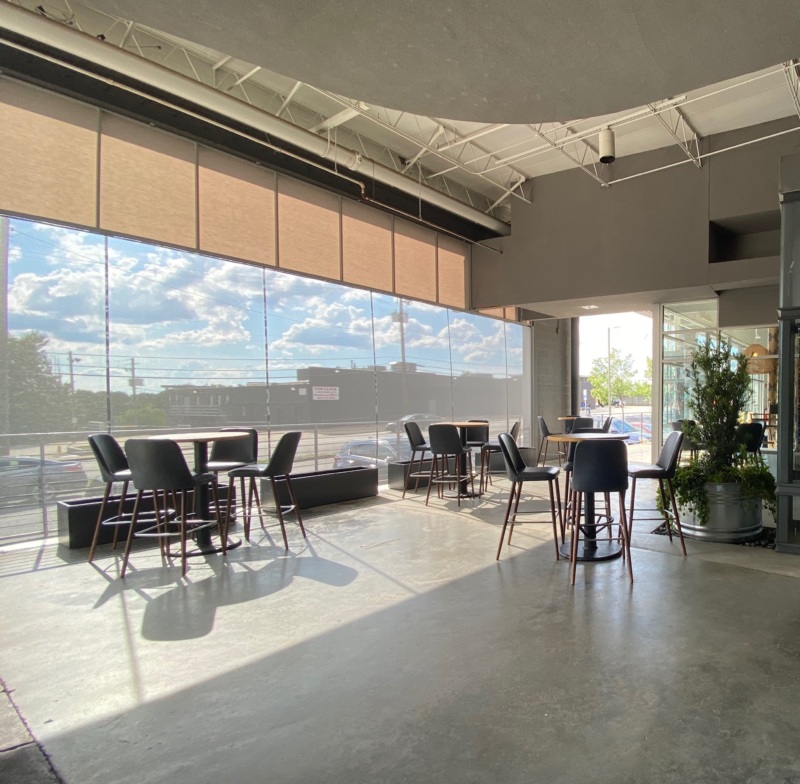

5. And Lastly, Chefs Want Diners To Be Sympathetic.
If there’s one thing chefs and restaurateurs want diners to know about reopening, it’s that they want to do as much as they can to keep everyone safe and happy. And what they need, from guests, is a bit of understanding.
“Even pre-pandemic, creating the food and the environment for guests, and what we expected of ourselves was very hard and a very big challenge,” Kevin Johnson, chef and co-owner of The Grocery said. “Now, we have to do that and take all the COVID responsibilities as a restaurant into account, and it’s a lot. I just hope guests will appreciate what we do everyday. It doesn’t give us a pass; we still need to execute. But hopefully they understand how hard it can be.”
Deanna Ting is a Resy staff writer. Follow her on Instagram and Twitter. Follow Resy, too.

